Where to store cabbage until summer, in film and paper, which varieties to choose

Cabbage is used in many culinary dishes, but in winter it is almost impossible to find this vegetable that is dense and sufficiently fresh. Therefore, many people decide to preserve this product on their own, at home.
For the process to be successful, it is important to know where to store cabbage, what variety to use and what methods are used.
Content:
- Where to store cabbage in winter
- Which varieties and heads of cabbage to choose for storage
- How to keep cabbage fresh until summer, in paper, in boxes, a vegetable mound, with roots
- How to store cabbage in the refrigerator, cut, in cling film
- How to store cabbage on the balcony
- How to store cabbage in the cellar, video
- Diseases of cabbage during storage
- What to do with culled heads of cabbage
Where to store cabbage in winter
To keep cabbage heads in perfect condition during the winter, it is important to follow the technological process.
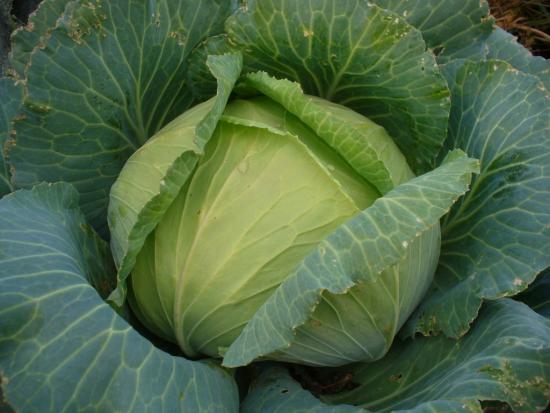
The following premises are used as storage facilities:
- basement (cellar);
- ground depressions or holes;
- vegetable store;
- fridge;
- on the balcony (only insulated);
- pantry.
Many people store vegetables already prepared, for example, pickled. This cabbage is stored in barrels (storage location - cellar) or in jars, which can be left in the refrigerator for the winter.
The owner must choose the best option for himself, which will not cause unnecessary hassle, but at the same time will allow maximum protection of the product from damage.
Which varieties and heads of cabbage to choose for storage
White cabbage is most often used for storage. different varieties of cabbage. Types such as: Savoy, Brussels sprouts, cauliflower, Peking sprouts and broccoli are not used for these purposes. These varieties spoil quickly; the only thing you can do with them is to freeze them for a short time.

However, not all cabbage varieties are suitable for long-term storage. It is worth using only mid-season and late ripening varieties.
| Medium ripe varieties | "Volgogradsky" "Slava 1305" "Siberian" "Caporal" "Hope" "Slava Griborsky" "Krasnodar" |
| Late varieties | "Geneva" "Snow White" "Kharkov winter" "Kolobok" "Miracle F1" "Amager 611" |
Due attention is paid to the condition of the heads of cabbage. If upon inspection minor damage by insects, cracks, or impacts are found, then these forks are put into a separate pile for quick use.
From healthy heads of cabbage, the remainder of the stem should be cut off as much as possible so that it does not begin to grow in the future and does not send out flower stalks. The leaves are removed down to the penultimate layer; you should not remove the foliage completely, as it serves to protect the vegetable from rotting.

After this, the product is washed under the tap with strong pressure to remove any remaining sand, soil or pests under the leaves and stalks (you can use a shower for this). After washing, the cabbage is wiped dry with any cloth.
The product is ready for storage, and now you need to decide on the method and location.
How to keep cabbage fresh until summer, in paper, in boxes, a vegetable mound, with roots
There are many storage options.
Boxes. The simplest method is boxes or crates, which are then lowered into the basement.The forks are folded into several rows, each of the tiers has five heads. The stalk must be at least three centimeters. The first row is placed in the box with the stalks up, the second row with the stalks down. Thanks to this arrangement, an air cushion is formed between the vegetables, and the heads of cabbage are constantly ventilated.
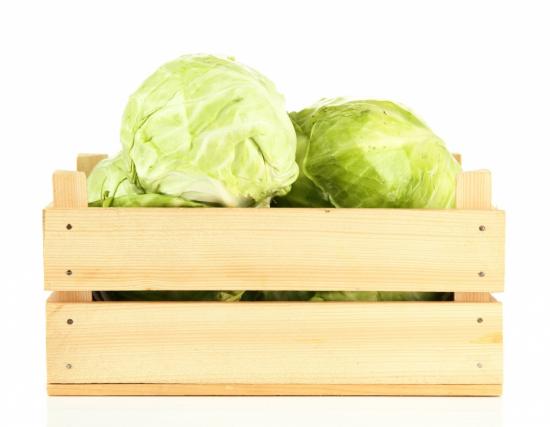
Wrapping heads of cabbage in paper. This method requires individually wrapping each cabbage separately in newspaper or other soft paper completely so that there are no open spots (you should not take colored paper, as the paints may contain lead). The paper will not allow each fork to come into contact with each other; this layer serves as good thermal insulation and protects the vegetable from moisture and light. The wrapped cabbages can later be placed in bags and lowered into the cellar.
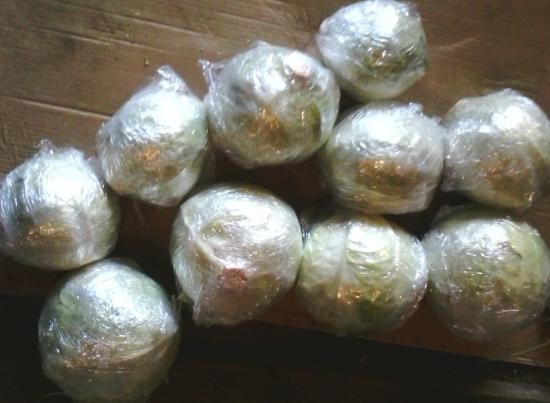
You can save with roots in two ways:
- The first method is processing in clay. A mash is prepared from clay: you need to take the clay and mix it with water (proportion 2:1), you should get a creamy mass. The cabbage heads are coated with this consistency so that there are no gaps. The product is then left outside to dry and stored in the basement on wooden shelves. The same steps can be carried out when storing cabbage as a vegetable mound.
- The second option is to hang the heads of cabbage from the ceiling. This method is considered environmentally friendly and effective. A durable wooden board is attached to the basement ceiling, into which nails are driven at equal distances from each other. A small rope is tied to the stalks, the other end of which is attached to a nail. Thanks to this method, the product is constantly ventilated, and it is convenient to take out. If suddenly a vegetable begins to rot or hurt, it will be immediately noticeable.

Each option is good and helps preserve the vegetables’ taste and beneficial properties.
How to store cabbage in the refrigerator, cut, in cling film
You can use the refrigerator as a storage space. To prevent the vegetable from spoiling, it is wrapped in film.
You should proceed according to the following scheme:
- For storage, use only hard heads with tightly adjacent green leaves.
- The stalks are cut to the lower foliage, or a couple of centimeters more.
- Remove diseased or damaged areas.
- The finished head of cabbage is wrapped in three layers of film. A film 300-400 millimeters wide is taken for each fork. It is important that during the winding, no wrinkles appear and no air remains, so that microbes do not enter, which contribute to the decomposition of the product.
- Now the cabbage goes into a vegetable container in the refrigerator. If the head suddenly freezes, it’s okay, it does not lose its nutritional and beneficial properties.
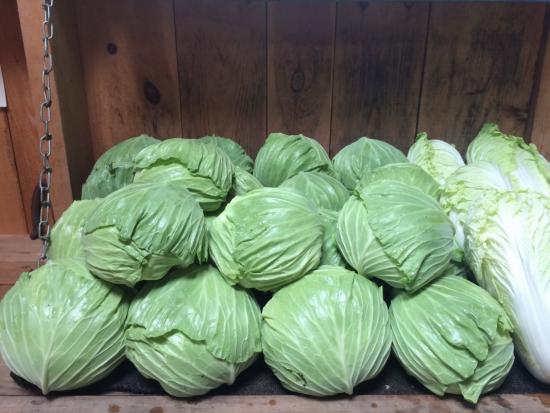
You can also store cut heads of cabbage, but the shelf life will be shorter (maximum period - 3 months). A half or quarter is tightly wrapped in film and placed in the coldest part of the refrigerator. The disadvantage of this method is the drying of the edges, which must be trimmed before use.
How to store cabbage on the balcony
In apartments, you can perfectly store cabbage on the balcony until the summer months. The main thing is that the balcony is insulated and well glazed, otherwise the vegetables will freeze and spoil.
Before sending to the balcony, the heads of cabbage should be wrapped in film or paper. Place the heads loosely together, periodically turning them over and checking them for damage. In winter, this procedure is carried out once a month, in the spring twice as often.Damaged product is immediately removed so as not to contaminate the rest.
How to store cabbage in the cellar, video
The basement is ideal for storing vegetables. The main thing is to observe the temperature regime: the minimum temperature is no less than zero, the maximum is +2 degrees, and the humidity is from ninety to ninety-eight percent.
Another rule is not to leave food on bare ground; the heads of cabbage will begin to become damp and rot. It is important to put wooden flooring on the floor or make hanging shelves. The surface should be treated with soda solution, then covered with fern and burdock leaves. You can add a layer of straw to prevent excessive moisture.
Place the heads of cabbage with the stalks facing up, this will protect them from rotting. When laying out, do not forget about air circulation, so arrange the forks in several rows, in a checkerboard pattern. Cabbage will retain its presentability and will delight you with its taste characteristics all winter and spring.
You can learn more from this video:
Diseases of cabbage during storage
Diseases are promoted by mechanical damage to the head, improper processing and transportation, and pest invasion. Diseases begin to develop at the end of the growing season and during storage.
Common diseases.
| Name of the disease | Description |
| White rot | The outer leaves of the head are damaged. The disease appears due to growing vegetables during the rainy season. The leaves begin to rot and white mycelium forms. The disease kills the product within 14 days and can quickly infect other vegetables |
| Mucous bacteriosis | The consistency of the fabric deteriorates, it decomposes and becomes soft, acquiring a rotten smell.Bacteriosis primarily occurs on frozen and weak heads of cabbage. Decomposition is accompanied by copious secretion of mucus and fluid |
| Vascular bacteriosis | Damage can occur at any phase of cultivation or storage. Bacteriosis immediately appears on the inner leaves and spreads upward in a spiral |
| Gray rot | A gray coating forms on the leaves, which consists of pathogenic spores and mycelium. Sclerotia subsequently appear. The cause of the disease is high humidity and temperature in the storage |
Any disease is dangerous for vegetables and needs urgent elimination.
What to do with culled heads of cabbage
To avoid putting a spoiled head of cabbage into storage, you should immediately check the forks for suitability. Rot, impact points, unripe leaves should be carefully removed, but so that a small base for the protective layer remains.
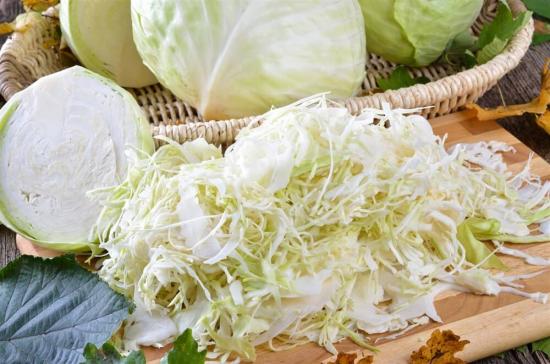
However, even after careful selection, you should review the products, as some heads of cabbage may spoil over time. The wet parts of the cabbage are torn off, the heads themselves are dried, and again left for storage.
If more than half of the head of cabbage is damaged, it should not be stored.
If the cabbage has acquired dry or yellow leaves, then you should not store such a product any longer, this indicates the development of a bacterial infection that can damage other vegetables.
So, in order to preserve cabbage correctly and for a long time, you should follow simple rules.
You can use a refrigerator, balcony, basement, storage room and other similar rooms as storage. There are many storage methods; the choice is up to the owner.
To protect against rotting, disease and spoilage, it is worth carefully inspecting the vegetables in advance and eliminating damaged areas.
Let's watch another video about cabbage storage options:

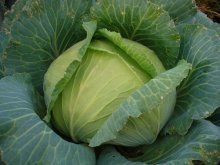
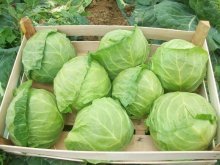

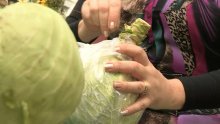
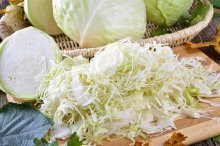
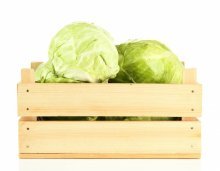
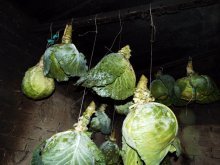

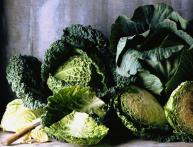

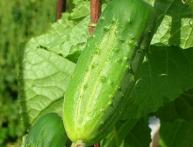
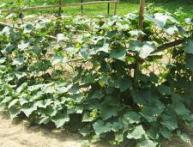
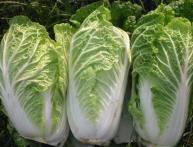

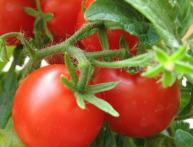

Comments
Somehow we don’t have to store cabbage, we grow a little of it and mostly buy it; if there is too much cabbage, we wrap it in cling film, but somehow it doesn’t stay with us for a long time.
Our white cabbage is stored quite well in the cellar in plastic boxes. True, the temperature in the basement is above 2 degrees C, but that’s not scary. We do not cut the stalks short.
Since childhood, I have somehow been accustomed to keeping everything wrapped in paper. To store cabbage, we use the “Slava 1305” variety. It keeps well. And we store it in a public cellar. There the temperature is maintained as needed.
But if we are talking about a cellar located in the house, is it possible to store cabbage there? Is it worth using plastic boxes for long-term storage of cabbage in this case? What exactly should the temperature in the cellar be?